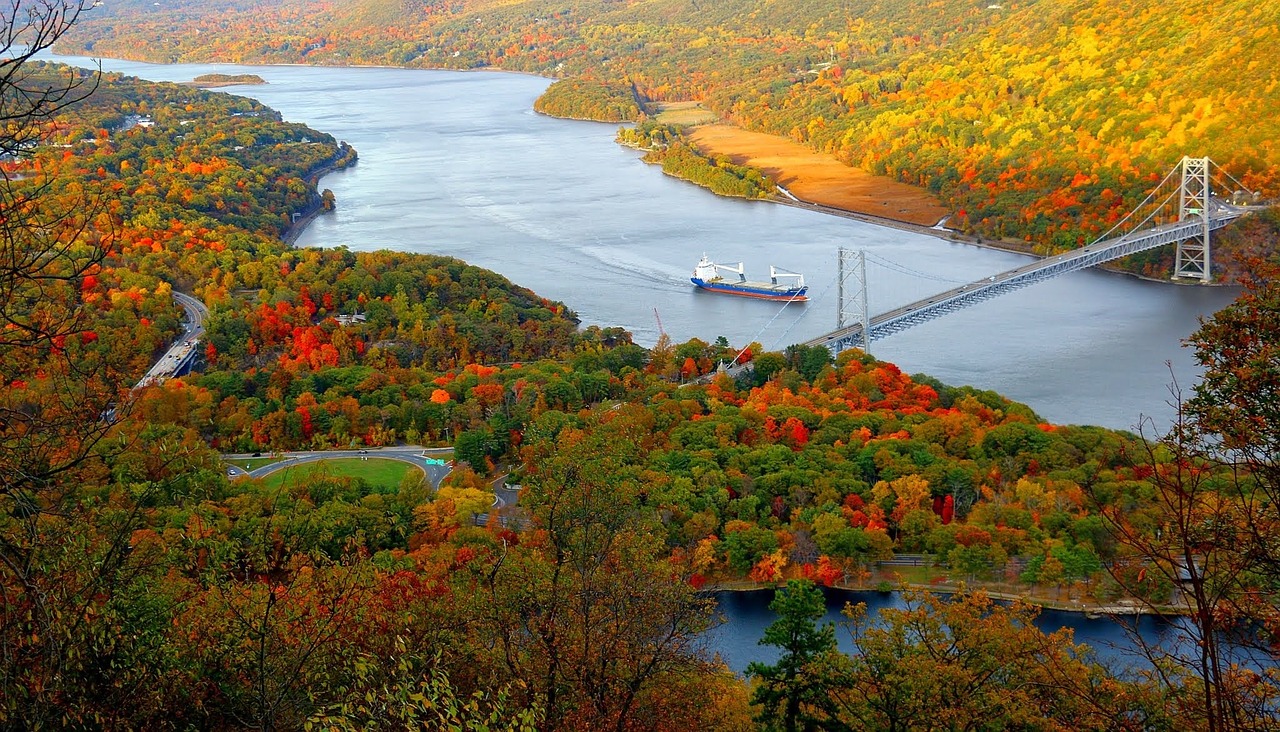We have all heard the terms deciduous and coniferous, but what do these actually mean? This is the topic being discussed in today’s blog and you should feel confident about knowing some of the key differences between these tree types by the end of this article. Like most things in life, there are some exceptions that need to be made while distinguishing between deciduous and coniferous, but we will touch on this later in the article. Because trees are around us practically everywhere we go, I have found the ability to distinguish between different tree types a valuable skill. For the most part, there are a few obvious characteristics between coniferous and deciduous trees that make it easy to tell the two apart.
Deciduous Trees
When we think of fall in the Midwest, we imagine many beautiful red, yellow, and orange leafed trees all around us. These leafy, round trees belong to the deciduous family. Deciduous trees grow their leaves during the spring and lose them during the winter. Trees shed their leaves to help conserve water during the cold months of the year. Because trees require so much water and sunlight during photosynthesis, it is mandatory they drop their leaves to conserve energy. There are a few species of deciduous trees that grow and drop needles instead of leaves, but this will be discussed in the Deciduous Conifer section below. Common deciduous trees are oak, maple, and birch to name a few.
Coniferous Trees
A general rule of thumb about coniferous trees is that they grow needles and cones as opposed to leaves. Unlike deciduous trees, coniferous trees do not change colors during the winter. Conifers retain their color through the winter and this helps explain why the Christmas tree we put in our home keeps its green color while all of the deciduous trees are leafless and brown during the winter. When fall comes around, you won’t notice much of a difference about the characteristics of coniferous trees. A conifer tree reproduces by dropping its cones and then spreading its seeds. This helps explain why conifers are often grouped in close proximity and in great abundance throughout our forests. Conifers are also categorized as evergreens, but it is important to note that there are a few evergreen trees that do not fall in the coniferous family. Common coniferous trees are pine, fir, cedar, and redwoods.
Deciduous Conifers
There are a few species of trees that have characteristics of both deciduous and coniferous trees. These trees grow cones and needles like evergreens, but also change colors and lose their needles annually like the deciduous family. Some trees that fall in this category are larch, bald cypress, and the dawn redwood.
If you are looking to plant a new tree or remove an old dead tree Contact Us.

